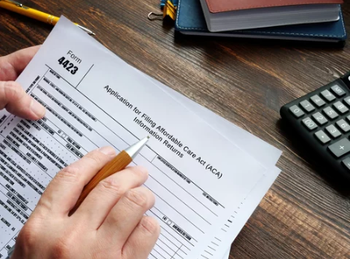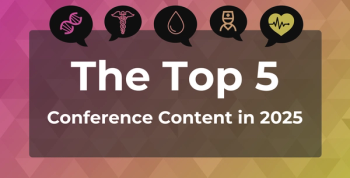
Revolutionizing Lung Cancer Care: The Impact of Liquid Biopsies
Edgardo S. Santos, MD, FACP, FASCO, highlighted how liquid biopsies are transforming lung cancer care by enabling faster, less invasive diagnostics, with key applications in early detection, predictive biomarker identification, treatment response monitoring, resistance mechanism assessment, and minimal residual disease detection.
In an interview, Edgardo S. Santos, MD, FACP, FASCO, a hematologist and medical oncologist at the Oncology Institute of Hope and Innovation, highlighted how liquid biopsies are revolutionizing the early detection and management of lung cancer. He explained that liquid biopsies minimize the need for invasive procedures like surgical biopsies, which can lead to complications such as lung collapse. Additionally, the turnaround time for results has significantly improved, now taking just 3 to 5 days compared with 10 days a decade ago, enabling faster diagnosis and treatment initiation.
Santos outlined 5 key applications of liquid biopsies. While some advancements, like early detection and minimal residual disease assessment, are still emerging, Santos expressed optimism about their potential to further transform oncology care in the near future.
This transcript has been lightly edited for clarity.
Transcript
How might liquid biopsies and other non-invasive diagnostic tools impact the early detection and management of lung cancer?
Yeah. So thank you to [The American Journal of Managed Care®] for having me this afternoon. So basically, liquid biopsy has completely revolutionized how we deal with oncology patients in general. So liquid biopsy has brought to us the possibility, a few years ago, to avoid perhaps invasive procedures like surgical biopsy, especially my field, which is lung cancer, that can cause significant morbidity to the patient, like, for example, to have collapse of the lung that will require hospitalizations to the patient in general. So that is one issue.
The other issue that liquid biopsy has brought concomitantly is the turn around time in which—for example, we started a decade ago to have this technology reporting the results in 10 days and now we can have the results in 3 to 5 days. So it's a significant impact to diagnose a patient with predictive biomarker so quickly, so we can start a patient on the appropriate therapy very fast.
So liquid biopsy can have a lot of utility. One of them, as I mentioned, is to make the diagnosis of a predictive biomarker that will allow us to deliver target therapy. And that goes a with hand in hand with personalized medicine, precision medicine, and individualized medicine because we are able to identify a particular pathway which drives the cancer and we can deliver this personalized medicine.
The other utility is when the patient tumor start to progress, how to diagnose a mechanism of resistance and again, go more individualized, more precise, more personalized medicine in that regard.
Another utility is to assess response. Why? Because the technology in liquid biopsy has advanced so much that now with the inclusion, not only a genomic but also epigenomics, we are able to calculate more precisely the tumor fraction. So we can measure the tumor fraction from the beginning and how the patient's system responds to the therapy, which could be immunotherapy, chemo-immunotherapy, or targeted therapy, we are able to predict basically the tumor fraction changes [so see] whether the patient is responding or not.
And then finally, 2 more utilities for liquid biopsy that are top of mind in oncology is minimal residual disease, which is still very new—we are doing more research to try to measure them precisely—and early detection of cancer, and that is more new. Perhaps some people when they are listening us to giving this kind of lecture sounds like science fiction, but we are looking forward to have these as a reality in the years to come. So those are the 5 [ways] we can use liquid biopsy.
Newsletter
Stay ahead of policy, cost, and value—subscribe to AJMC for expert insights at the intersection of clinical care and health economics.








































